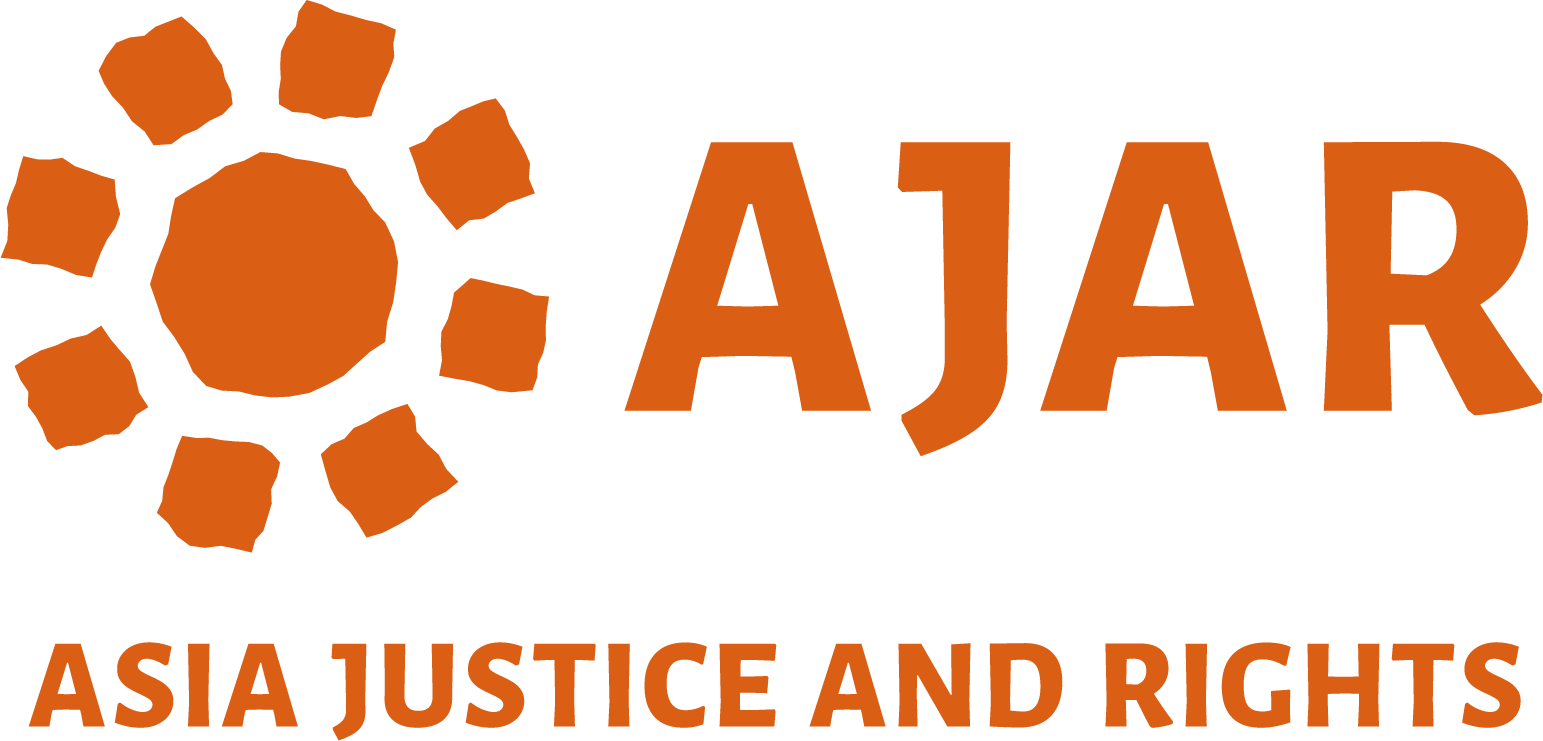 The necessity of including comprehensive gender-sensitive approaches to transitional justice processes is reflected in international normative and legal frameworks. The Beijing Platform of Action (Critical area E), CEDAW general recommendation number 30, and the nine UN Security Council resolutions on women, peace and security, link international peace and security with gender equality, citing gender-sensitive transitional justice as a key tool for sustaining peace.
The necessity of including comprehensive gender-sensitive approaches to transitional justice processes is reflected in international normative and legal frameworks. The Beijing Platform of Action (Critical area E), CEDAW general recommendation number 30, and the nine UN Security Council resolutions on women, peace and security, link international peace and security with gender equality, citing gender-sensitive transitional justice as a key tool for sustaining peace.
In this module we will discuss how to incorporate gender perspectives into transitional justice mechanisms.
All eight Security Council resolutions on women, peace and security address justice as an essential component of the agenda.
- Resolution 1325 (2000) Prosecute those responsible for sexual and other violence against women and girls Resolution 1820 (2008) Address justice for sexual violence from the outset of peace processes
- Resolution 1888 (2009) Undertake comprehensive legal and judicial reforms to ensure that survivors of conflict-related sexual violence have access to justice
- Resolution 1889 (2009) Design concrete strategies for addressing the concerns of women and girls, including in relation to access to justice
- Resolution 1960 (2010) Utilize the full range of justice and reconciliation mechanisms to end impunity for crimes committed against civilians, including courts and truth commissions
- Resolution 2106 (2010) Ensure that transitional justice is comprehensive, encompassing the full range of judicial and non-judicial measures
- Resolution 2122 (2013) Address obstacles in women’s access to justice in conflict and post-conflict settings Resolution 2242 (2015) Promptly investigate, prosecute and punish perpetrators of sexual and gender-based violence
- Resolution 2467 (2019) Ensure the opportunity for the full and meaningful participation of survivors of sexual and gender-based violence at all stages of transitional justice processes, including in decision-making roles, recognizing that women’s leadership and participation will increase the likelihood that transitional justice outcomes will constitute effective redress as defined by victims and will respond to important contextual factors.
QuizzesStatus
